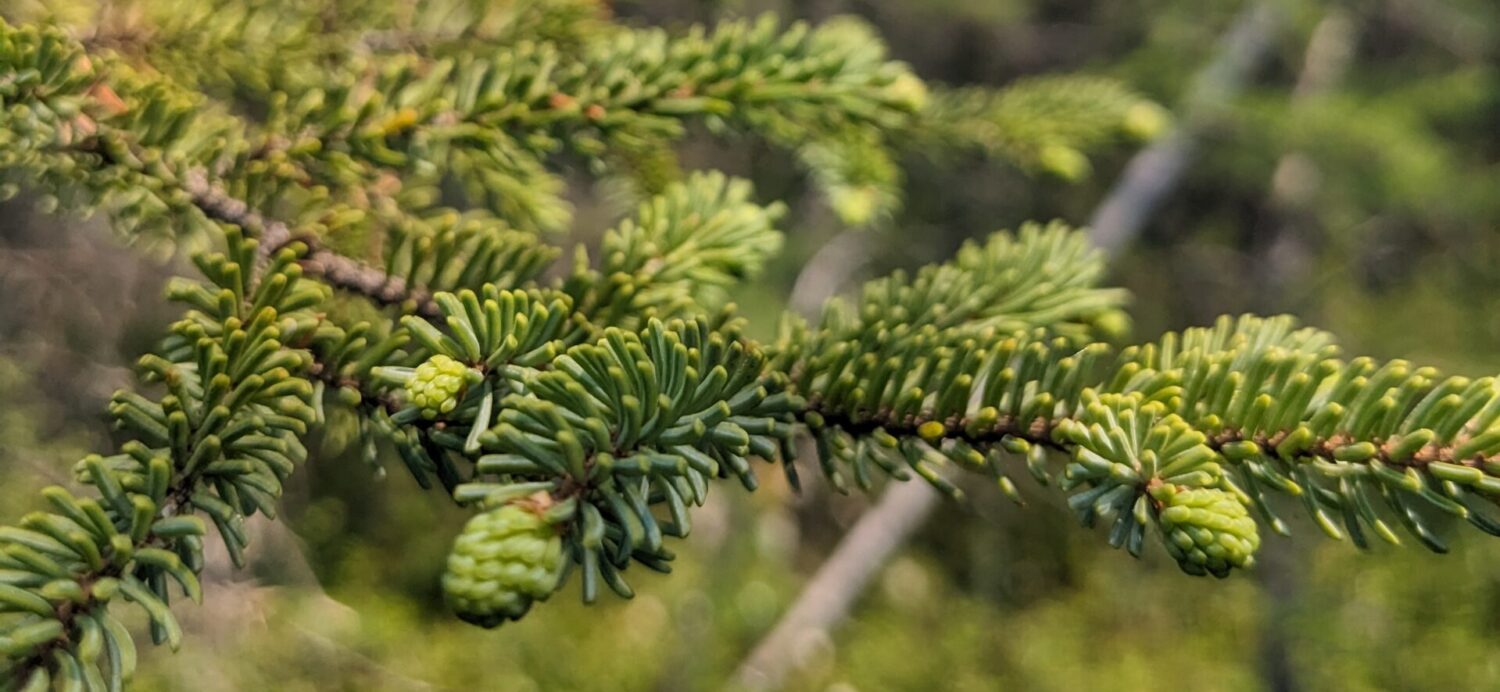I recently finished a contract in the Hoosier National Forest of Indiana and while I was there I found several plant species that were new to me. As a forester, I often spend my time looking up toward the forest canopy and rarely look at the vegetation growing below, especially herbaceous plants. However, I have been experimenting with learning more about herbacious plants using iNaturalist to record and identify species.
For this post, I want to share some of the species I discovered in the last few weeks working in the Hoosier and how to discover plant species on your own.
Asters

There are several species of aster that can be found in the Hoosier NF, but during my brief time in the area I came across only two. The first species called Short’s aster (Symphyotrichum shortii) is pictured above, and the second is calico aster (S. lateriflorum), below. One of the distiguishing characteristics of S. shortii compared to others with similar leaf shape is the presence of a densely hairy upper stem.

I’ve seen the calico aster (S. lateriflorum) along country roadsides and occassionally near dry creek drainages. Calico asters can be differenciated from other asters by the clusters of flowers along the upper side of the plants stem.
Crane-Fly Orchid
Once I started learning more about identifying some of these more common species, I began seeing them everywhere. This holds true for the crane-fly orchid (Tipularia discolor) especially. This orchid is easily identified by the “bumps” on its leaves and the deep purple color of the leaf underside (see below).

Beechdrops

Epifagus virginiana (beechdrops) is a species of parisitic plant that does not photosynthesize. Instead, it feeds on the roots of beech trees. This was my first encounter with beechdrops. As I learned more about the plant I was reminded of ghost pipes (Monotropa uniflora) which also feed on the roots of tree. However, as the name suggests, beechdrops are obligate parasitic plants that feed exclusively on beech trees. They have a soft, almost rubbery stem and their flowers are purple-tinged. Though they feed on the roots of the beech, they do not harm the tree and will dieback over winter.
Using iNaturalist has help me identify many species that I have come across recently, especially herbacious plants.
Are you familiar with these species already? Have you used iNaturalist or a similar application to improve your familiarity with plant species? Leave a comment below and share your experience.

